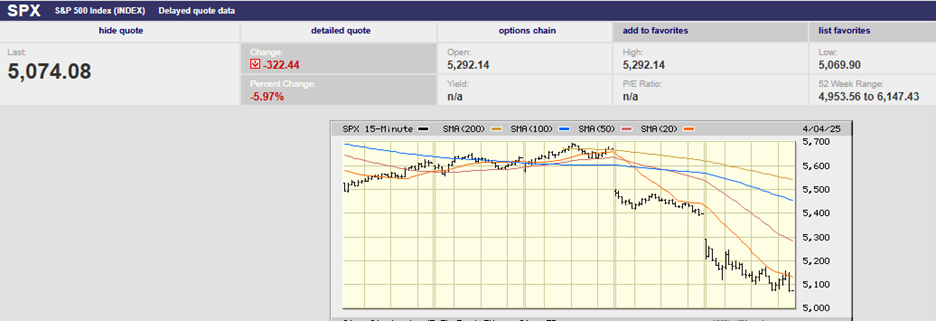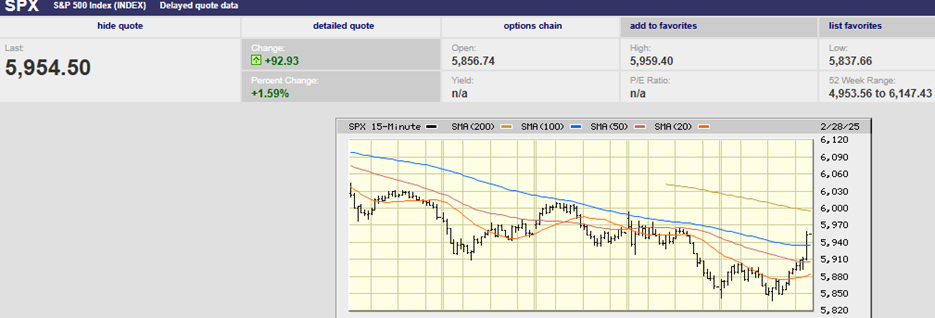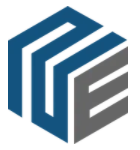Market timing does not work

Market Update
The S&P 500 fell 3.3% last week to close at 4131.93. The Nasdaq fell 3.9% and the Dow fell 2.5%. The S&P 500 is down 13% year-to-date. The Nasdaq is down 17% YTD and the Dow down 9.2% YTD. We wrote a few weeks ago about the likelihood of a quick test of support around 4200. It is a common enough occurrence after a failed breakout when markets are in a trading range. The S&P peaked in early January at 4818.62 before falling to 4222.62 by 24 January. After bouncing to 4595.31 by 2 February the index fell to 4114.65 by 24 February. It bounced once again, peaking at 4416.78 on 3 March before falling to 4157.87 on 8 March. After a small bounce, it tested the 8 March low on 14 March but held at 4161.72. The S&P then rallied hard to 4637.3 by 29 March before falling back to 4124.28 on 29 April (Friday).
The question traders are asking themselves is whether the 4114.65 February 24th low will hold or not. A rally back to the 4600 area is likely if the market successfully tests support. A break below support opens the door for a test of 4000 and then 3900. A drop to 3800 would put the S&P in bear market territory, down 21% from its record high. Regardless of what comes next, what has come so far is ugly. The S&P 500 had its worst four months since 1939. The Nasdaq had its worst four months since 1971, when the index was created.
First-quarter GDP growth was negative. The first estimate is a negative 1.4% for Q1 after a 6.9% gain in Q4. The weaker than expected number is being discounted by pundits. They write that one-time factors are making the economy appear weaker than it actually is. They point to real private domestic final sales as proof of strength. Private domestic sales grew at a 3.7% pace in the first quarter up from 2.6% in Q4.
Nice try but GDP growth is GDP growth. GDP equals consumption plus government spending plus investment plus net exports. We can’t point to one or the other and say it doesn’t count. A decline in net exports is a negative for U.S. GDP. A slowdown in inventory build means a slowdown in investments, also a negative for GDP. A shrinking of government spending is likewise a negative for GDP. The negative number is the number. It was a bad number. We will see if it is followed another in Q2.
Another concern is how the market is reacting to earnings season. The S&P 500 has dropped 6% since JPMorgan kicked off earnings season. So far 69% of S&P 500 companies have reported. Correlation isn’t causation but it is ominous that stocks are falling on earnings news. First-quarter profits are on pace to grow by more than 10% according to Barron’s. More than three-quarters of companies who’ve reported beat expectations. Yet stocks are falling. The stock market is a leading indicator, a discounting mechanism. Better than expected earnings that are met with selling are a warning to investors of what is to come.
Economic Indicators
The big news last week was the decline in first-quarter GDP. Real private domestic sales grew faster than in the fourth quarter. Investment, net exports, and government spending more than offset those sales. The labor market is strong with a jobless claims number of only 180,000 down from 185,000 the prior week. The jobless claims number remains at 40-year lows. The economy is likely to grow between 2% and 3% in 2022. Bank of America is forecasting 3% in 2022 and 2% in 2023. Of course, economists are notorious for missing inflection points in the economy. They tend to extrapolate trends instead.
Inflation is stubbornly high still. The CPI rose 8.5% in March. The Employment Cost Index (ECI) rose 1.4% in the first quarter up from 1.0% in the prior quarter. Rising employment costs are of particular concern to the Federal Reserve. Wage inflation is hard to kill once started. The Personal Consumption index (PCE) rose 0.9% in March up from 0.5% the prior month. The PCE year-over-year rose 6.6% up from 6.3%. There is significant inflation in the system. The Federal Reserve will need to raise the federal fund rate quickly. Real rates must turn decidedly positive to starve inflation. The Federal Reserve meets this week. The capital markets will be holding its collective breath.
How To Buy and Sell a Stock
Market timing doesn’t work. We have lots of data to show that more active accounts underperform less active accounts. The difference is substantial. A stock market is made up of stocks. You cannot time stock buys and sells any better than you can time the market, at least not in the short run. You can’t pick the bottom or top in a stock market. Nor can you pick the bottom or top in a stock. You can outperform the market over the long run by buying good companies on sale. You cannot time those buys to avoid short-term losses.
Norwood Economics bought three stocks last week. It is a frenetic pace for us. We hope to buy two more stocks in the coming weeks. We will need to sell a stock to raise enough cash in some accounts. The three stocks we bought last week are all down from our buy price. It is sadly typical for value investors. After all, we are buying good companies on sale. They go on sale as their price declines well below the fair value of the company. Picking the end of the decline is not possible. We hope only to come close.
Norwood Economics uses technical analysis to improve pricing. It is far from an exact science. Two of our buys are down 5% to 6% from our buy price. The third is down 3% or so. We will buy more if they fall far enough, assuming no change in long-term fundamentals.
The stock we are seeking to sell has appreciated in the year or so we’ve owned it. Our buy price for clients is around $217. The stock peaked at 292.75 a few weeks ago before dropping to $262 Thursday. It should bounce back towards its recent 52-week high. It is fairly valued in the low 290s. We’ll sell it if we can get that price in the next few weeks. Norwood Economics doesn’t expect to top tick the price any more than we expect to catch the exact bottom. The goal is to buy good companies on sale and to sell them when back to fair value. Buying with a margin of safety and selling at fair value allows for superior risk-adjusted returns over the long run.
Regards,
Christopher R Norwood, CFA
Chief Market Strategist











